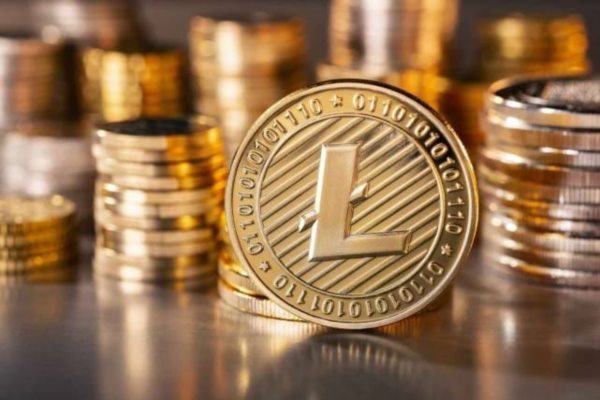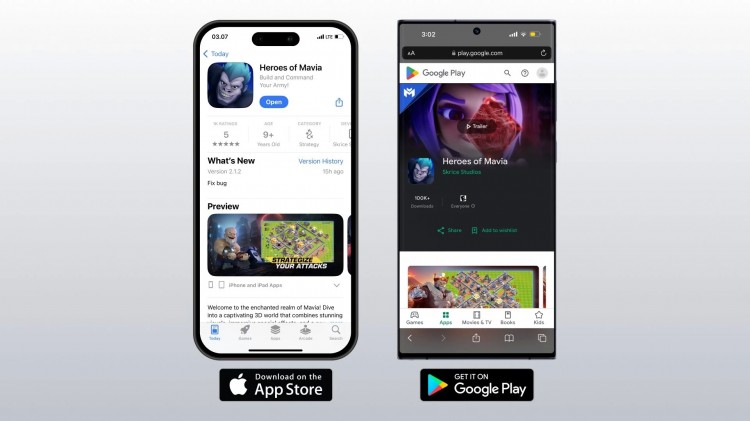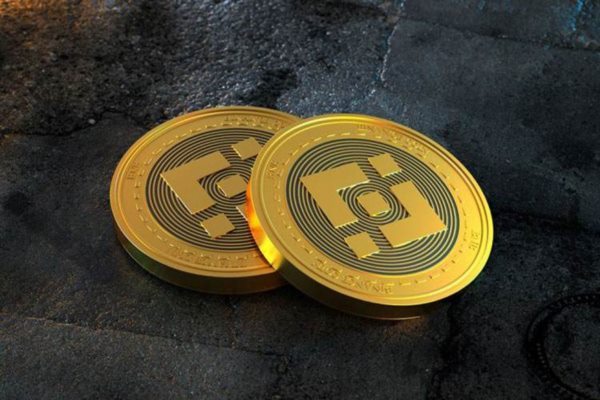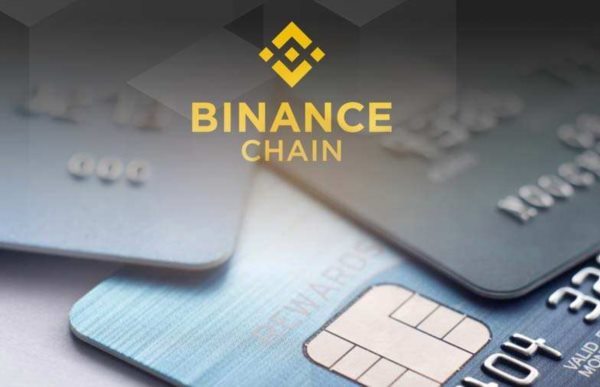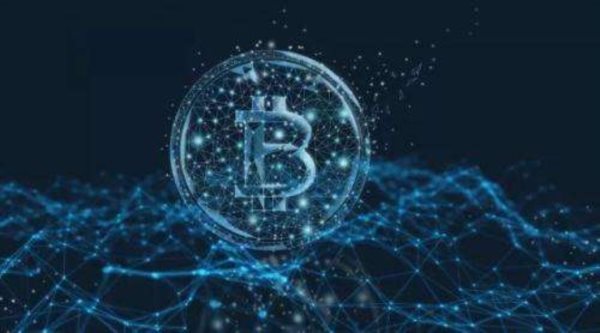时间:2024-02-01|浏览:257
The Internet is perhaps the most remarkable invention of the twentieth century, revolutionizing the world just like earlier technological revolutions such as the printing press, the steam engine, and electricity.
Unlike many other inventions, the Internet was not originally designed for monetization. The early architects built it into an open platform that can be equally accessed by artists, ordinary users, developers, and businesses. With almost no restrictions, anyone can create and share code, artwork, text, music, games, websites, entrepreneurial projects, and more anywhere in the world at a relatively low cost.
On the Internet, everything you create belongs to you. As long as you obey the law, no one can change your rules, ask for more of your property, or take away your creations. The Internet was designed to be permissionless and democratically governed, just like its original network protocols: email and the Web. There are no privileged participants in the network, allowing anyone to build their own creations and control their economic destiny.
It was this idea of freedom and ownership that enabled the golden age of the Internet, inspiring creativity and innovation and spawning countless applications that have transformed our world and the way we live, work, and play.
However, everything started to change in the mid-2000s. A small group of companies began to control the lifeblood of the Internet, and the Internet changed from an open space without permission to a closed circle that required permission.
The good news is that billions of people have gained access to this amazing technology, much of it for free. The bad news is that a centralized internet run by a small group of major services means people have fewer choices, compromised data privacy and less control over their online lives. It is becoming increasingly difficult for startups, creators and other groups to expand their influence on the Internet without fear that centralized platforms may change the rules at any time and even take away their audience, profits and power.
While these platforms provide tremendous value to the masses, they also control what we receive and watch. The most obvious example is deplatforming – service providers kicking people out, often without transparent due process. Or people may be silently blocked without their knowledge - this is called shadowbanning. Search engine and social media ranking algorithms can change lives, make or break businesses, and even influence election outcomes.
Equally troubling is how these centralized networks limit startup growth, impose high “rents” on creators, and disenfranchise users. They designed mechanisms of selection that stifled innovation, taxed creativity, and concentrated power and money in the hands of a few.
This trend is especially dangerous when you realize that the most successful applications of the Internet are networks.
Most of what we do online is done over the web: the web and email form the basis of the web. Social applications, payment applications, and markets are all part of the network. In fact, almost all valuable online services exist in the form of a network. These networks—whether computing networks, developer platforms, marketplaces, financial networks, social networks, and online communities of all kinds—have always been a core part of the promise of the Internet. Developers, entrepreneurs, and everyday Internet users have nurtured and nurtured thousands of networks, unleashing unprecedented waves of creativity and collaboration. Despite this, most persistent networks are still owned and controlled by private companies to this day.
The root of the problem lies in the control of permissions. On today’s internet, creators and startups often need to request permission from centralized gatekeepers and existing businesses in order to launch and grow new products. However, technology giants use the power of licensing rights to hinder competition, disrupt market order, and extract high rents. These rents are costly: App stores take a cut of up to 30% on payments, well above the payment industry standard. Such commission rates are almost unheard of in other markets and reflect the outsized influence of these companies. This is exactly what we mean when we talk about corporate networks taxing creativity.
These large centralized networks are ruthless, anti-competitive, and abuse their power. They stifle competitors and reduce consumer choice. By cutting off the ability of third parties to build apps for users on their platforms, they penalize many developers—and therefore users, because it results in less product choice and freedom. Today, there is almost no new entrepreneurial activity on social networks. Developers have realized that building on unstable foundations is dangerous.
For many people, they may be satisfied with the status quo, or they may not have thought it through. They are satisfied with the convenience provided by centralized platforms. After all, we live in an information-rich age. You can connect to anyone you want (provided the business owner agrees). You can read, watch and share unlimited content. There are plenty of “free” services out there that would satisfy us – just in exchange for our data. (As the old saying goes, "If you're not paying the fee, you're the product.")
Maybe you think the deal is worth it, or you don't see other alternatives to living online. In any case, no matter where you stand, there is an undeniable trend: the power of centralization is gradually sucking into what is supposed to be a decentralized Internet.
The inward evolution of the Internet is stifling innovation, making it no longer fun, dynamic, and equitable.
Everyone is aware of the problem to some extent, but they generally believe that the only way to curb the existing giants is through government regulation. This may be part of the solution. Yet regulation often unintentionally consolidates the power of existing giants. Large companies are able to cope with compliance costs and regulatory complexities that are fatal to smaller emerging companies, while red tape limits opportunities for new entrants.
We need a level playing field. To do this, we need thoughtful regulation that respects a basic fact: startups and new technologies offer a more effective way to check the power of existing giants. Furthermore, hasty regulatory responses often ignore the differences between the Internet and other technologies. Many conventional calls for regulation view the Internet as similar to traditional communications networks such as telephone and cable television, except that it is software-based rather than hardware-based. The Internet of course relies on physical infrastructure owned by telecom operators, but what really drives Internet services is the code running on PCs, mobile phones and servers. The code is upgradable and new software can be spread across the Internet with the right functionality and incentives.
It is precisely because of the malleability of the Internet that it can be reshaped through innovation and market forces. What's special about software is that it allows for virtually unlimited creative expression. Almost anything imaginable can be encoded in software; software is the embodiment of human thought, just like writing, paintings, or cave paintings. Computers run these encoded thoughts at incredible speeds.
That's why Steve Jobs once called computers "bicycles for the mind." It amplifies our capabilities.
Software is so expressive that it's best viewed as an art form rather than pure engineering. The plasticity and flexibility of code provide an extremely rich space for design, one that is closer to the range of possibilities for sculpture and fiction creation than just engineering activities like bridge construction. As with all art forms, practitioners often develop new genres and movements that fundamentally change what is possible.
This is exactly what is happening now. Just when the Internet seems to be heading toward inevitable consolidation, a new software movement has emerged that has the potential to redefine the future of the Internet. This movement has the potential to restore the early spirit of the internet, ensuring secure property rights for creators, taking back ownership and control of users, and breaking the control that large centralized corporations have over our lives.
There are better ways to do it, and Internet innovation is still in its early stages. The Internet still has the potential to fulfill the promise of its original vision. Entrepreneurs, technologists, creators, and users can work together to achieve this. The dream of an open web, one that fosters creativity and entrepreneurship, doesn’t have to die.
This is the beginning, not the end, of Internet innovation. There must be a sense of urgency, though: America has lost its lead in this new movement.
"Read, write, own": a new movement
To understand how we got here, it’s helpful to understand the outlines of the internet’s history: The first thing to understand is that power on the internet comes from the way the network is designed. Network design—how nodes connect, interact, and form an overall structure—may seem like a technical topic, but it is the most critical factor in determining how power and money are distributed on the Internet. Even initial design decisions can have profound consequences for the control and economics of Internet services.
In short, the design of a network determines its outcome.
Until recently, there were two main competing network types:
"Protocol networks," such as email and the Web, are open systems controlled by software developers and other network participants. They are egalitarian, democratic, open to everyone, and require no permission. In these systems, money and power are often dispersed around the edges of the network, stimulating system growth.
An "enterprise network" is a closed network owned and controlled by a company. These networks are like a gardener's garden, a theme park controlled by a single large corporation. Operating through a centralized and permissioned mechanism, these networks are able to rapidly develop advanced capabilities, attract investment, and accumulate profits to reinvest in growth. In these systems, money and power flow to the owners of the network, while users and developers remain at the periphery of the network.
I view the history of the Internet as divided into three phases, each marked by a dominant network architecture:
Act One, the "Reading Age" (circa 1990 to 2005), early Internet Protocol networks democratized information. Anyone can type a few words into a browser and learn about almost any topic through the website.
In Act II, the “Reading-Writing Age” (circa 2006 to 2020), corporate networks democratized publishing. Anyone can post content and share it with the public through social networks and other services.
Now, a new kind of architecture is opening up the third act of the Internet. This architecture combines the best of the first two types and is democratizing ownership. In the coming “Read-Write-Own Era,” anyone can become a stakeholder in the network—possessing power and economic advancement previously available only to a handful of corporate affiliates (such as shareholders and employees).
The promise of this new era is to fight the consolidation of big companies and bring the Internet back to its vibrant beginnings.
Not only can people read and write on the Internet, now they can have it.
The technology driving this movement is “blockchain” and “blockchain networks.” This new movement has several names: some call it "crypto" because its technical foundation is cryptography; others call it "Web3", meaning it is the third era of the Internet. Regardless of which name you prefer, the core technology of blockchain offers unique advantages. Blockchain networks are the most credible and civic-minded force against Internet consolidation.
You might ask, so what? What problems does blockchain solve?
Some will tell you that blockchain is a new type of database that can be edited, shared, and trusted by multiple parties. To be more precise, blockchain is a new computing platform, but it doesn’t fit in your pocket or sit on your desk like a smartphone or laptop. They can indeed store information and run rules encoded in software to manipulate that information.
But what makes blockchain unique is how it and the network it builds are controlled.
In the traditional computing model, hardware controls software. Hardware exists in the physical world and is owned and controlled by an individual or organization. This means that, ultimately, one person or group of people is responsible for both hardware and software. People can change their minds at any time, and therefore the software they control can change at any time. Blockchain inverts this power structure. In a blockchain network, software controls a series of hardware devices. Software - in all its expressive glory - rules it all.
This is important because blockchain is the first computer capable of establishing unbreakable rules in software. This enables blockchains to make firm, software-enforced promises to users. A key promise is digital ownership, which puts economic and governance power into the hands of users. Blockchain enables the creation of new networks by making strong promises about its future behavior.
Therefore, blockchain networks solve problems that early network architectures failed to solve:
They can connect people in social networks while giving users greater power beyond corporate interests.
They can support marketplaces and payment networks that facilitate commerce while maintaining low and persistent commission rates.
They enable new forms of monetizable media, as well as interoperable and immersive digital worlds.
They allow AI products to compensate rather than exploit creators.
Yes, blockchains create networks, but unlike other network architectures—and here’s the key—they deliver desirable results: Blockchain networks combine the social benefits of protocol networks with the competitive advantages of enterprise networks . Software developers gain open access, creators have a direct connection with their audiences, fees are guaranteed to remain low, and users gain valuable economic and governance rights. At the same time, blockchain networks have the technical and financial capabilities to compete with enterprise networks. Therefore, blockchain can:
Inspire innovation.
Reduce taxes on creators.
Let contributors to the network share decision-making power and room for advancement.
Asking “What problem does blockchain solve?” is like asking “What problem does steel solve compared to wood?” Blockchain networks are new building materials for building a better Internet.
"Casinos and Computers"
New technologies are often controversial, and blockchain is no exception. Many people associate blockchain with scams and get-rich-quick schemes. There is a grain of truth to these perceptions, as has been the case with past technology-driven financial manias—from the railroad boom of the 1830s to the dot-com bubble of the 1990s. Public discussion has largely focused on IPOs and stock prices, but there are also entrepreneurs and technologists who have risen above the ups and downs, rolled up their sleeves, and built products and services that ultimately live up to the initial hype.
There are speculators, but there are also builders.
Today, the same cultural divide exists around blockchain:
One side is the "casino" and they usually focus on trading and speculation. In the worst cases, this culture has led to disasters like the bankruptcy of crypto exchange FTX. This group receives most of the media attention and affects the public image of the entire field.
On the other side are the "computers," who are motivated by a long-term vision. This group of people understands that the financial aspect of blockchain is just a means to a greater goal, a way to incentivize efforts toward a broader goal. They realize that the true potential of blockchain lies in building better networks, and therefore a better Internet. Although these people act quietly, their work will have a long-lasting impact.
It's not that "computer" culture isn't interested in making money. Our industry, including our venture capital industry, is largely profit-driven. The difference is that real innovation takes time to generate financial returns, which is why most venture capital funds (including ours) have intentionally long-term holding periods. Creating valuable new technology can take a decade or more.
"Computer" culture is about long-term investment, while "casino" culture is about pursuing short-term profits.
Therefore, it is "the computer" and "the casino" that compete for narrative rights in this software movement.
Of course, both optimism and pessimism can be taken too far. Lessons learned after the dot-com crash made many people realize this. The way to discern the truth is to distinguish between the nature of the technology and its specific applications and abuses. A hammer can be used to build homes, or it can be used to destroy homes. All technologies have the ability to help or hurt; blockchain is no exception. The key is, how do we maximize the benefits while minimizing the disadvantages?
The decisions we make today will determine the future of the Internet: who will build, own and use it; where innovation will occur; and what everyone’s online experience will be like. Blockchain and the networks it supports unlock the vast potential of software as an art form – using the internet as its canvas.
This movement has the opportunity to change the course of history, reshape humanity’s relationship with the digital world, and redefine what is possible. Whether you are a developer, creator, entrepreneur or just a regular user, everyone can get involved. This is an opportunity to create the internet we want, not just inherit the status quo.
